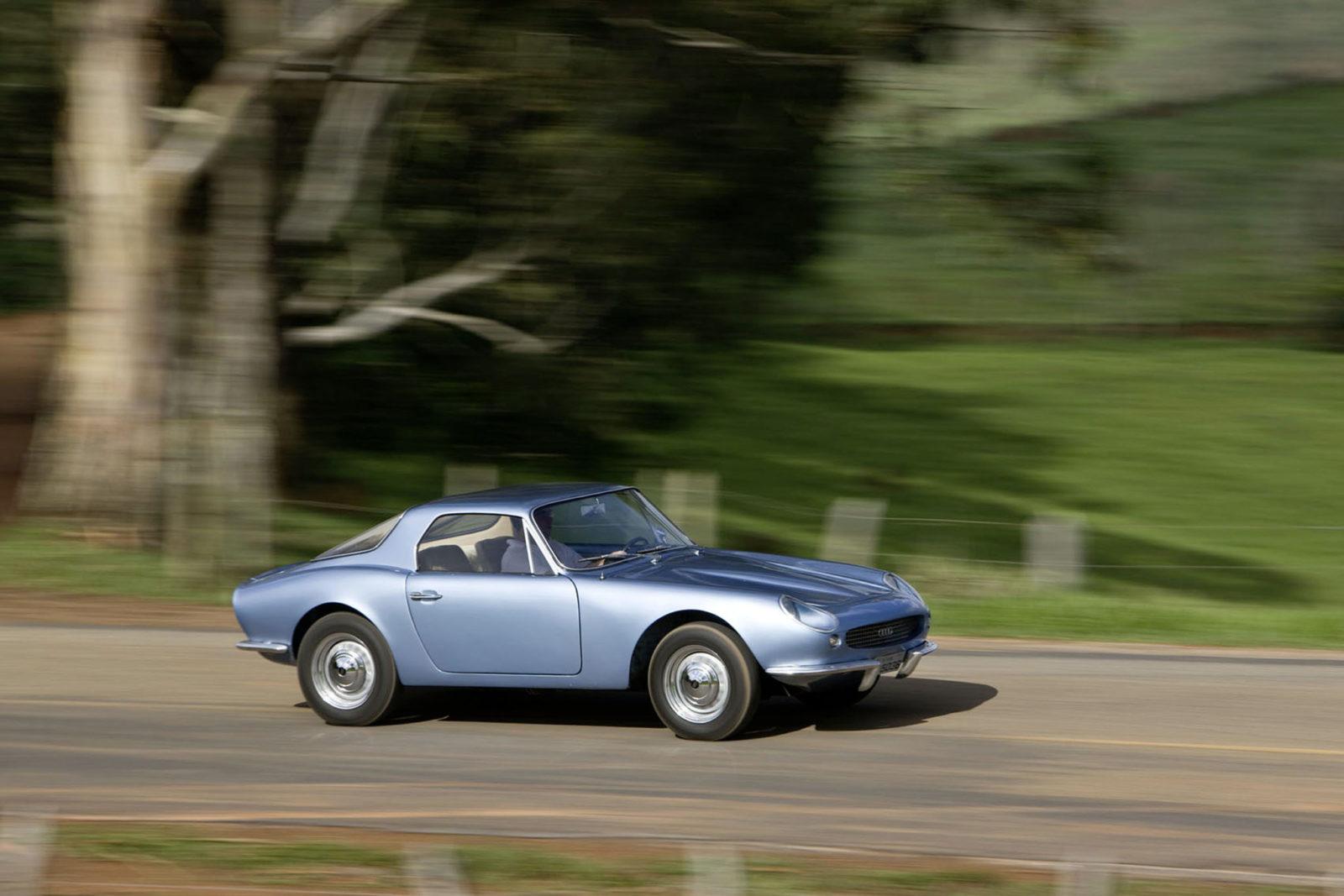Have you ever known that DKW and - later also - Audi were active in Brazil with a real factory? That the brand in the early sixties was the car with which the middle class could show that they were doing well, that the Brazilians thought that DKW was the only 'own' car brand?
That the legendary football player Pelé won the World Cup as an 17-year-old and only rode a year later for his driving license in a DKW? That Formula 1 legend Emerson Fittipaldi drove his parents' DKW at the age of 12 completely 'short' and won his very first race in 1966 with a DKW GT Malzoni? Oscar Niemeyer, the man who drew up and developed the all-new city of Brasilia, thought it was good that the brand became the only taxi in "his" city. That the very last cars were not built by Auto Union in Ingolstadt, but until 1967 at VEMAG in São Paulo ...

From the mid-1940s a car played an important role in the life of the average Brazilian. Most cars were imported from the United States, but also from Germany. Volkswagen supplied Beetle, Auto Union the DKW F91 completely in parts. This was then turned into a car at Veículos e Máquinas Agrícolas SA, or VEMAG for short. The F91, for example, appeared on the market as Universal. The Candango, Belcar and Vemaguet preceded or followed this model. In the mid-sixties, this type - with 109.343 units - was the third largest player in the Brazilian market. VEMAG also released its own cars in which the German quality was mixed with Italian design. Fissore for example and the aforementioned Malzoni invented by Genaro 'Rino' Malzoni. He took the chassis of this car, shortened it and mounted the beautifully lined carriage on it. Only 35 models were ever built of the DKW GT Malzoni, including the racing cars that aroused the interest of customers. Of those 35 pieces, only twelve seem to be 'left over' worldwide. One is shown in this exhibition, flanked by the DKW Fissore who took it no further than two prototypes and the DKW Belcar. Did you know that the Volkswagen Puma of 1968, now also known in our country, was preceded by the DKW Puma, the successor of the Malzoni?
Top photo: Products from Audi Brazil. The cart on the right is recognizable as Auto Union 1000, but what was the name of the car on the left and who was the designer? Please note, the picture is somewhat distorted ...



The Malzoni that Fittipaldi drove with is for sale in the Netherlands. Fittipaldi was at the wheel together with Jan Balder. This was the son of a Dutch emigrant. On display together with 2 DKW Puma GTs at: http://www.kucarfa.nl